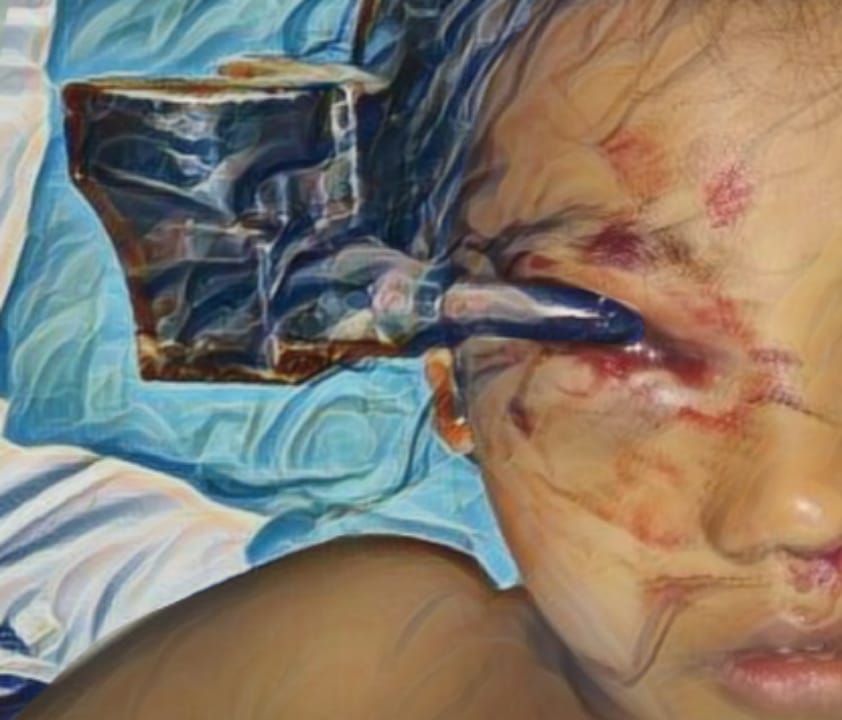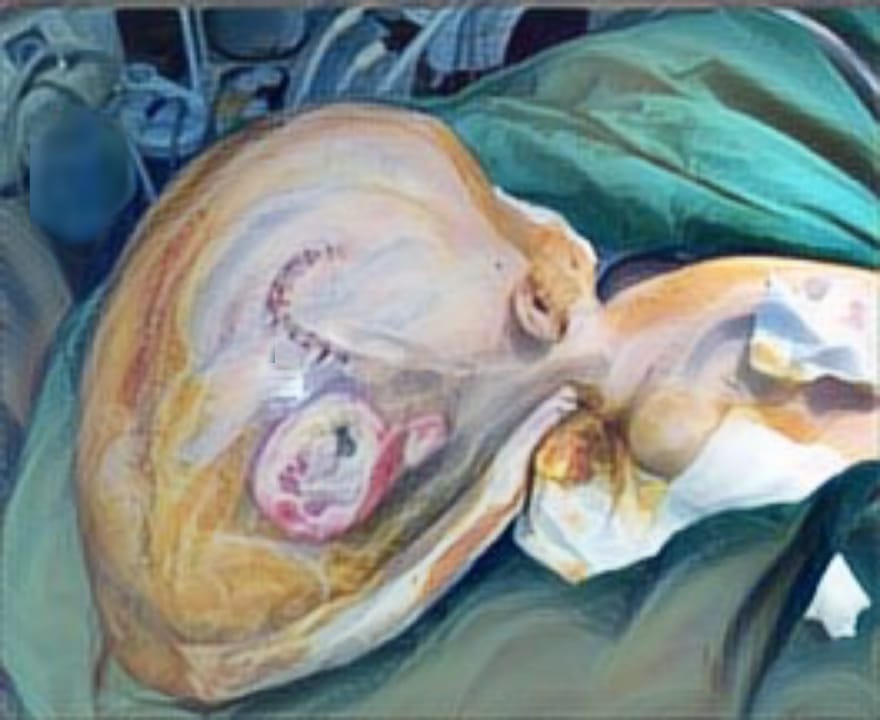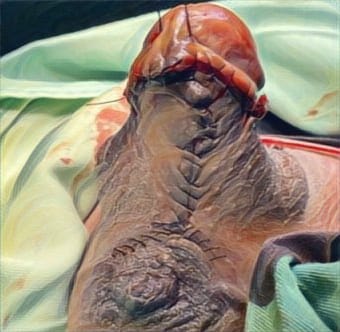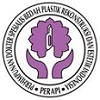PALATE FRACTURE PROFILE IN PLASTIC RECONSTRUCTIVE AND AESTHETIC SURGERY OF DR. SOETOMO GENERAL ACADEMIC HOSPITAL: JANUARY 2012- DECEMBER 2017
Downloads
Highlights:
- The demographic data of patients with palate fractures is young adult men aged 19-30 years, the most common of palatal fracture type is parasagittal type, and causes of trauma being traffic accidents.
- The use of transmolar wiring and plating, occlusion was achieved well.
Abstract:
Introduction: Palatal fractures are often associated with maxillofacial fractures and Le Fort fractures. The diagnosis and management of palatal fractures in the midface area is a challenge for a plastic surgeon in restoring function and aesthetics. With the results of this study, it is expected to be a database of maxillofacial fractures treated at SMF Reconstructive Plastic Surgery and Aesthetic Dr. Soetomo General Academic Hospital, Surabaya and gave the ability to make a fast and precise diagnosis for time and technical maxillofacial fractures.
Methods: This study uses medical record data for all patients diagnosed with palatal fractures in Dr. Soetomo General Academic Hospital, Surabaya during January 2012 to December 2017. The variables studied were demographic data including sex, age, mechanism of occurrence of accidents, types of fractures, management, complications that occur and length of treatment.
Discussion: There were 82 patients with palatal fractures, with traffic accidents being the most common cause of palate fracture (n=61) followed by workplace accidents and households in second place (12 and 9%). Most sufferers were men (68%), women (14%) with the highest age range of men aged 19-30 years who were followed by ages 31-45. The most were parasagittal fractures (56%), then Sagittal (15%), paraalveolar (9%), alveolar (1%), comminutive (1%). no fractures with anterior and posterolateral alveolar types, posterolateral type or transverse type fractures. Hospitalization period with plating (12 days), transmolar wiring (10.6 days), and conservative (13.8 days).
Conclusions: In this study assessed the experience in the reconstruction and aesthetic plastic surgery department of Dr. Soetomo General Academic Hospital regarding palatal fractures and accompanying demographic data. The type of fracture that occurs is also related to the management performed. Incomplete medical records caused problems in this study.
Trott, JA, Moore MH. Facial fractures. In: Craniomaxillofacial Trauma. David DJ, Simpson DA (editors). London: Pearson; 1995.
Persson M, Thilander B. Palatal suture closure in man from 15 to 35 years of age. Am J Orthod. 1977.72(1):42–52.
Melsen B. A histological study of the influence of sutural morphology and skeletal maturation on rapid palatal expansion in children. Trans Eur Orthod Soc. 1972:499– 507.
Sabherwal R, et al. Orthodontic management of a Le Fort II and midline palatal fracture. Br Dent J.2007.202(12):739–40
Allsop D. Skull and Facial Bne Trauma In: Nahum AM, Melvin J Accidental Injury: Biomechanics and Prevention. Berlin: Springer; 2002
Chen CH, et al. A 162-case review of palatal fracture: management strategy from a 10-year experience. Plastic and Reconstructive Surgery: 2008.121(6):2065-2073.
Cienfuegos R, et al. Treatment of Palatal Fractures by Osteosynthesis with 2.0-mm Locking Plates as External Fixator. Craniomaxillofac Trauma Reconstr. 2010.3(4):223–230.
Cryer M H. The Internal Anatomy of the Face. Philadelphia: Lea & Febiger; 1916.cde
Forrest C R, Phillips J H. Lower midface (Le Fort I) fractures. In: Prein J, editor. Manual of Internal Fixation in the Cranio-Facial Skeleton: Techniques Recommended by the Ao/Asif Maxillofacial Group. Berlin: Springer- Verlag; 1998.
Hendrickson M, et al. Sagittal fractures of the maxilla: classification and treatment, Plast Reconstr Surg.1998.101:319-332.
Hoppe IC, et al. A Single-Center Review of Palatal Fractures: Etiology, Patterns, Concomitant Injuries, and Management. Eplasty. 2017.17:e20.
Le Fort R. Etude experimental sur les fractures de la machoire superieure, Parts I, II, III. Rev Chir Paris. 1901.23:208.
Melsen B. Palatal growth studied on human autopsy material: a histological, microradiographic study. Am J Orthod. 1975.68:42-54.
Park S, Ock JJ. A new classification of palatal fracture and an algorithim to establish treatment plan. Plast Recons Surg 2001; 107: 1669-76
Pollock R A. Buttressing and the Seven Buttresses. Chandler Medical Center, University of Kentucky, Lexington, KY: 2006 Combined Craniomaxillofacial Trauma Services Conference; February 28.
Rimmel F, Marentette LJ. Injuries of the hard palate and horizontal buttress of the midface. Otolaryngol Head Neck Surg 1993; 109: 499- 505.
Thomas M V, et al. Implant anchorage in orthodontic practice: the Straumann Orthosystem. Dent Clin North. 2006.50:425-437.
Copyright (c) 2019 Priscilla Valentine N., Agus Santoso Budi, Lobredia Zarasade

This work is licensed under a Creative Commons Attribution-ShareAlike 4.0 International License.
JURNAL REKONSTRUKSI DAN ESTETIK by Unair is licensed under a Creative Commons Attribution-ShareAlike 4.0 International License.
- The journal allows the author to hold copyright of the article without restriction
- The journal allows the author(s) to retain publishing rights without restrictions.
- The legal formal aspect of journal publication accessbility refers to Creative Commons Attribution Share-Alike (CC BY-SA)



















